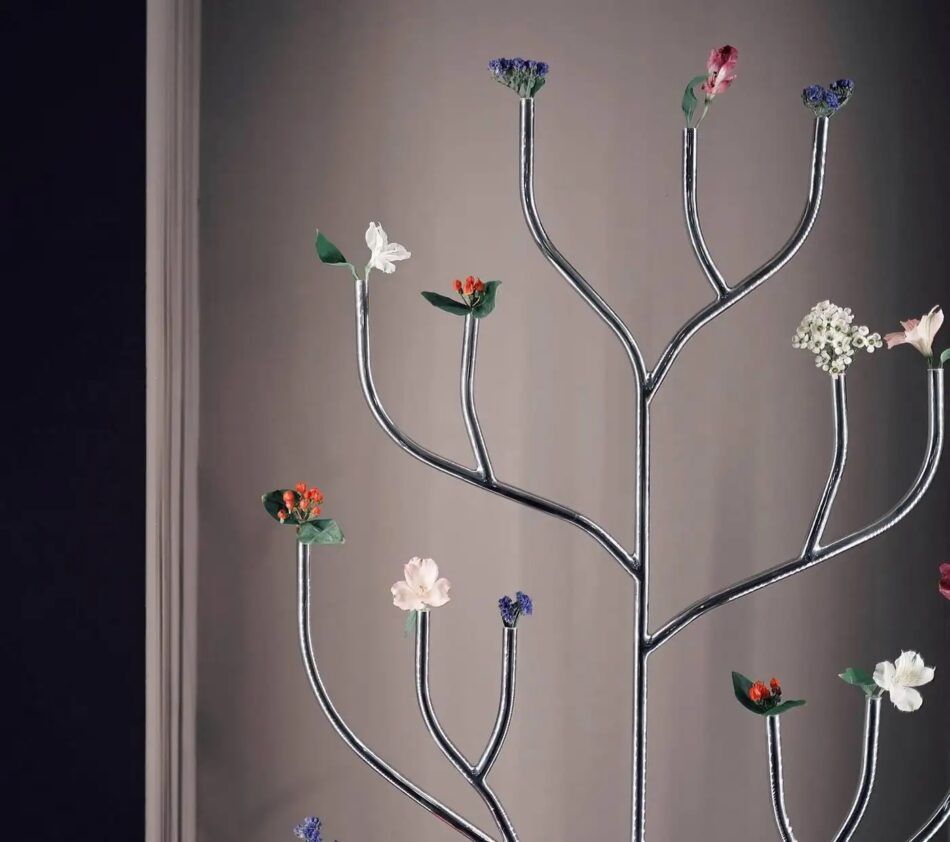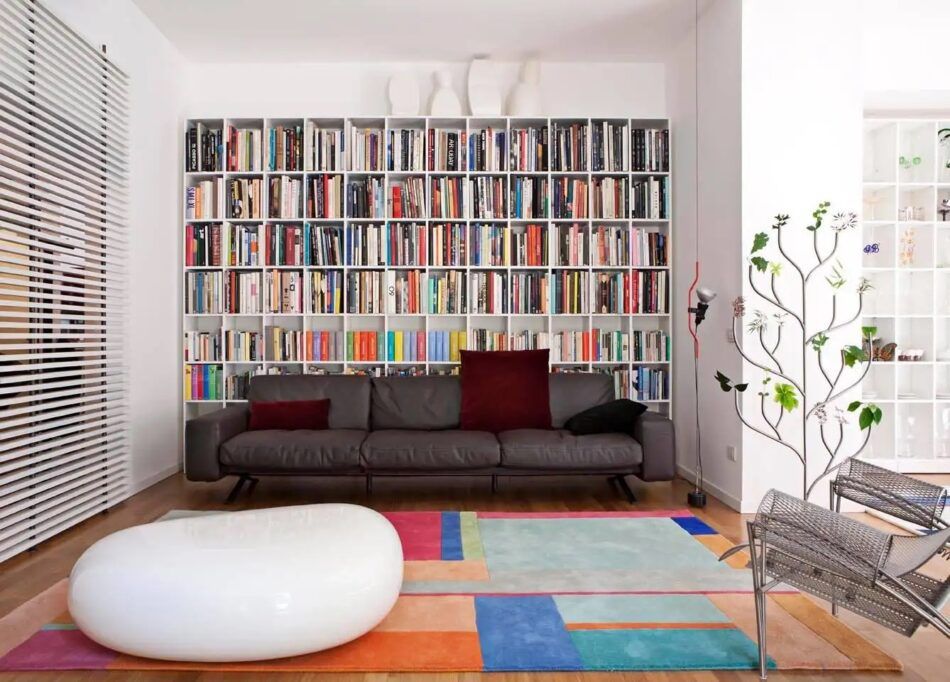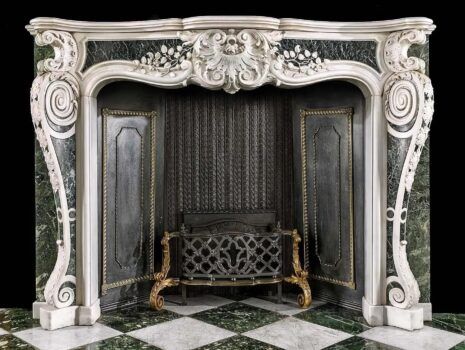Japanese architect Kazuyo Sejima is renowned for her uncanny ability to reframe nature and urban landscapes alike with deft design choices that are never heavy-handed. As principal and cofounder (along with Ryue Nishizawa) of the firm SANAA, Sejima is only the second woman to win the prestigious Pritzker Architecture Prize. The jury honored SANAA’s work on projects like New York’s New Museum, which suggests a tower of building blocks; Christian Dior’s Tokyo flagship, resembling a stack of illuminated ribbons; the luminous Louvre-Lens Museum, in northern France; and the quietly forceful early masterpiece House in a Plum Grove, in the residential Tokyo neighborhood of Setagaya.
Happily for design fans, in addition to graceful structures, Sejima also creates objects for the domestic landscape. Displaying equal parts wit and understated elegance, her Hanahana polished-steel flower stand, designed for Italian maker Driade, is a fanciful tulipiere disguised as a minimalist accessory for a contemporary interior.

Standing just over five feet tall (63 inches, to be exact), the Hanahana is composed of a slender trunk supporting eight limbs with removable PVC ampoules that can hold water for cut stems. When decorated with fresh blooms, it resembles a sleek, espaliered fruit tree. Appropriately, Driade, which was founded in 1968, takes its name from the tree nymphs of ancient Greek mythology; hana means “flower” in Japanese.
Patrizio Chiarparini, founder of Brooklyn design gallery Duplex, is offering the Hanahana on 1stDibs. “It does seem to echo historical vessels like Dutch tulip vases, which were designed to showcase individual flowers in a way that elevates their delicacy and uniqueness,” he says. “But while those ceramic tulip vases had an ornamental and often opulent quality — sometimes adorned with blue-and-white patterns or elaborate shapes — Sejima’s stand takes a radically minimalist and almost ethereal approach.”

Indeed, the piece displays a hint of postmodernism, most apparent when it’s sporting an arrangement of flowers. “Although Sejima is often associated with minimalist and modernist tendencies, Hanahana also has a playful, almost surreal quality,” Chiarparini adds. “The way the flowers seem to hover recalls the work of postmodern designers like the Memphis Group, who embraced unconventional forms. While not as colorful or bold, Hanahana shares their desire to challenge expectations of what a vase or display can be.”
How does the piece relate to Sejima’s monumental architectural works? “Hanahana is architecture reduced to its purest function: framing and elevating life — in this case, flowers — without distraction,” says Chiarparini. “It’s barely there, yet profoundly present. The stand almost disappears, letting the flowers take center stage. This is a signature Sejima move, creating space and structure that feel weightless but transform the way we see our surroundings and blur the line between the functional and the poetic.”






